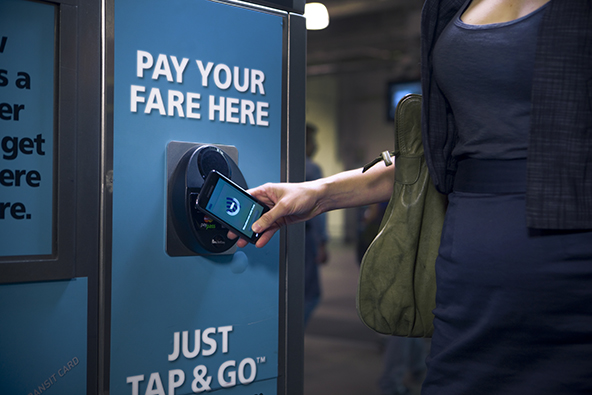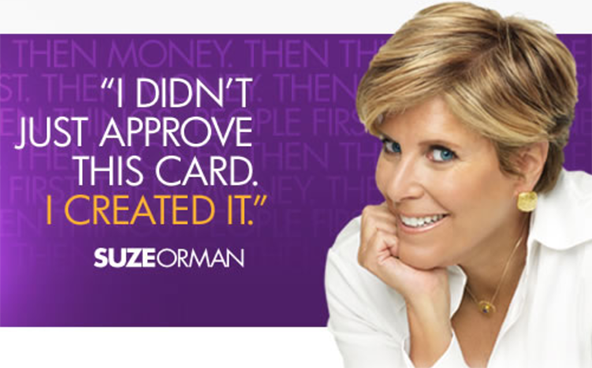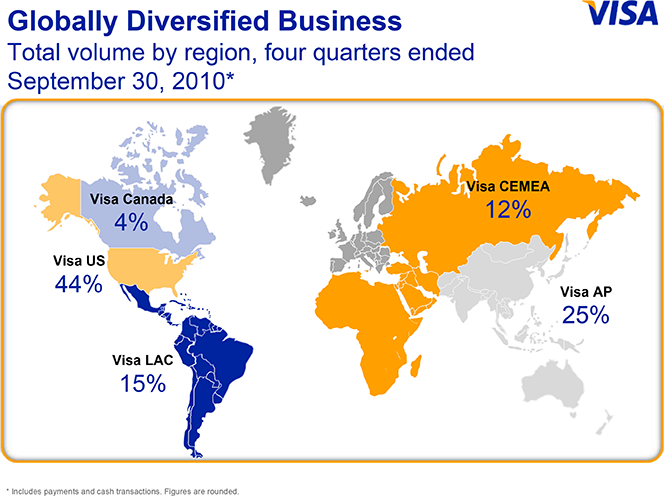Credit Card Companies Buy Up Tech Start-ups, Vow not to Miss M-Payment Wave

Credit card companies were caught flat-footed ten years ago when PayPal was launched and were never able to make up the lost ground afterwards, BusinessWeek’s Joseph Galante and Peter Eichenbaum remind us. PayPal is now one of the biggest processors of online payments and may process 12 percent to 14 percent of all e-commerce transactions in 2011, according to Mercator Advisory Group.
PayPal launched its X platform a year ago, enabling developers to integrate the processor’s payment system into their own application. At the end of its first year of existence, X’s score card is quite impressive:
- 50,000 developers have signed up.
- 1,000 payments-related applications were launched.
- Over $1 billion in transaction volume was processed.
PayPal’s success has been huge and credit card companies seem to have learned their lesson and are determined not to repeat their mistake now when the next big thing is looming ever larger: the upcoming mobile payments wave.
Now, it has to be said that, even though PayPal is the biggest winner from the e-commerce revolution, the traditional credit card players did not fare too badly either. In their article, Galante and Eichenbaum incorrectly state that PayPal earns three percent of each transaction processed through one of the apps on its X platform.
What is true is that PayPal charges merchants processing less than $3,000 in total monthly volume 2.9 percent of the transaction amount plus $0.30 for each payment processed through its system. Merchants processing larger volumes pay even lower transaction fees. More than half of these fees is actually collected by the credit card issuer. For example, for a payment made with a Visa Rewards card, the card issuer will collect 1.95 percent of the transaction amount plus $0.10.
Still, PayPal has done extremely well for itself and the credit card companies would much prefer to not have watched from the sidelines, but developed a similar system of their own a decade ago.
The next big thing now is the evolution of mobile payments. They have been around for a while and have been adopted in various forms in a number of countries, but have until now failed to gain acceptance in the U.S. That is changing quickly, thanks largely to the evolution and proliferation of smart phones, and credit card companies are all over these new technologies.
Visa, MasterCard and American Express have been buying up technology start-ups with abandon. According to Galante and Eichenbaum, the three market leaders “have spent nearly $3 billion to buy Net-based payment processors.”
Smaller rival Discover, for its part, has teamed up with telecoms AT&T, T-Mobile and Verizon and British bank Barklays to create a national mobile commerce network, perhaps the biggest ongoing m-commerce project.
It’s too early to predict how the m-payment drama will play itself out, but it seems likely that this time there will not be an unqualified winner, the PayPal of mobile payments. The biggest reason is that there is no single mobile payments market, but rather several of them, each requiring an individual approach. A report from research and advisory firm Aite Group identifies the top five mobile payments market by volume, as shown in the table below.
Projected Top Five Mobile Payments Markets by Volume in 2015
| Mobile Payments Type | Volume |
| Bill Payments | $82 Billion |
| Bank Card Acceptance | $54.8 Billion |
| E-commerce over Mobile Phones (M-Commerce) | $27.3 Billion |
| Point-of-Sale Payments (NFC Payments) | $22.6 Billion |
| Person-to-Person Transactions | $13.8 Billion |
Each of these market segments is likely to produce its own champion, giving everyone involved in the current free-for-all a fighting chance.
Image credit: Vator.tv.


